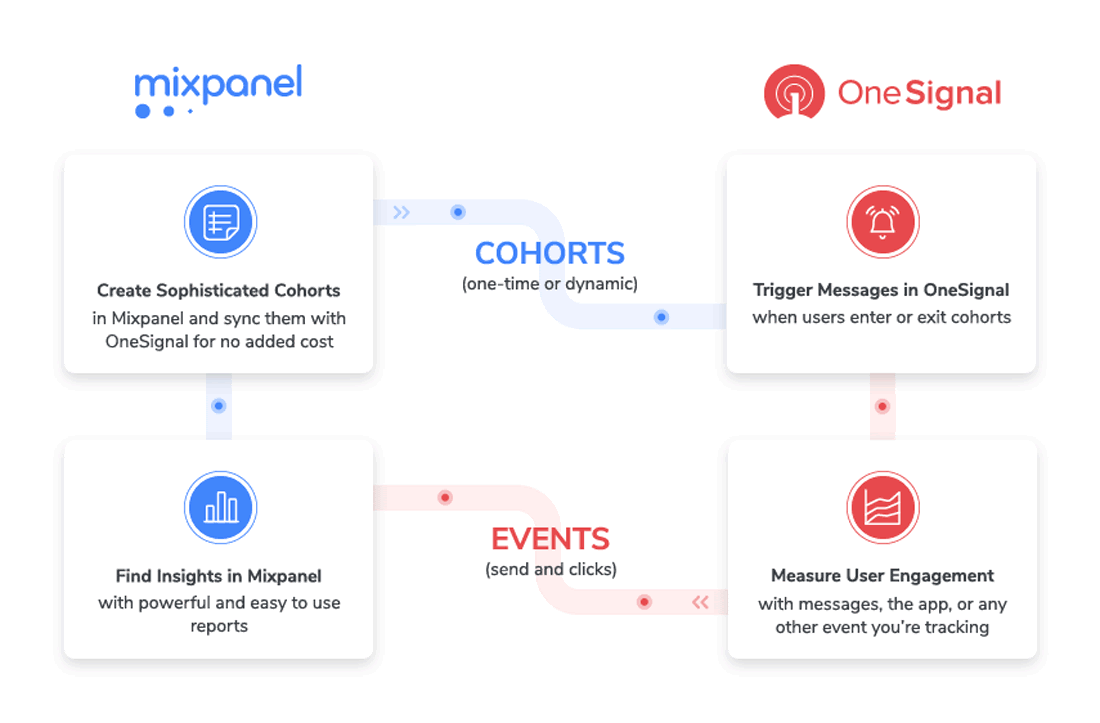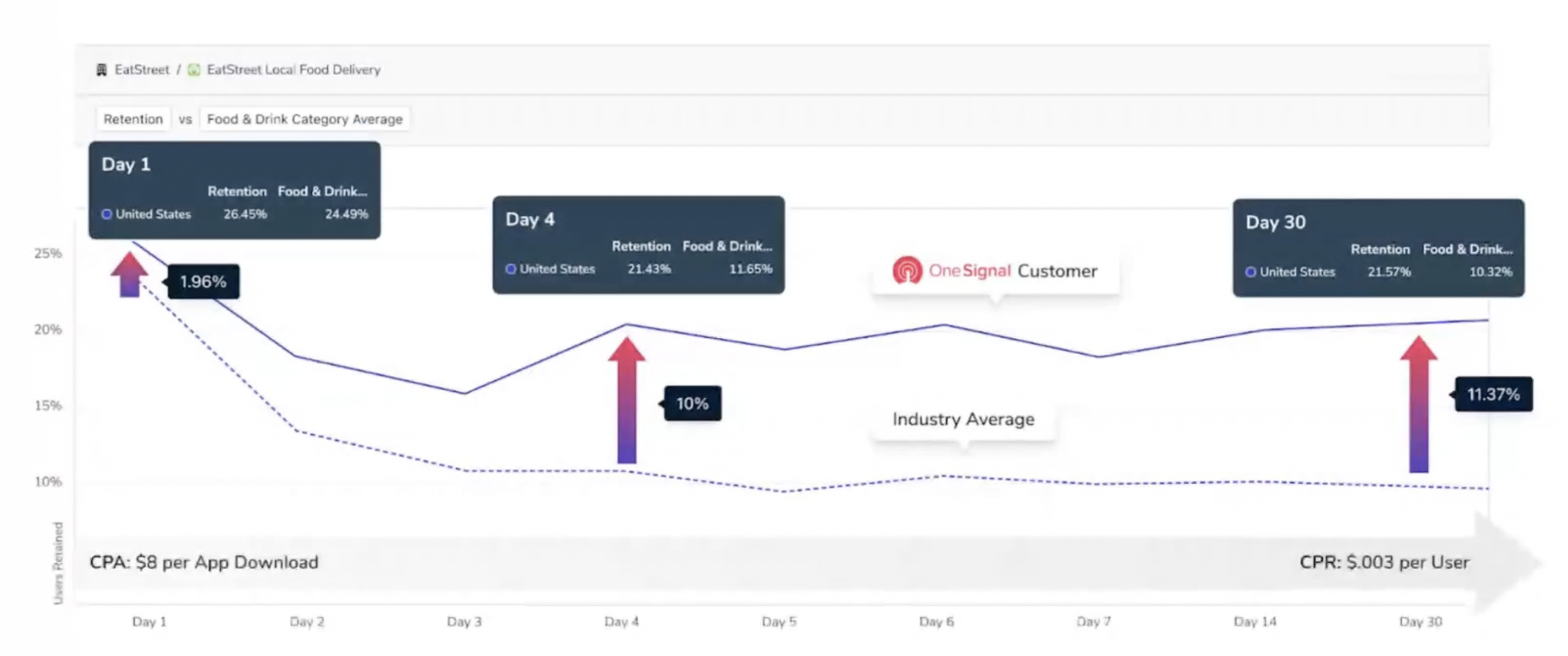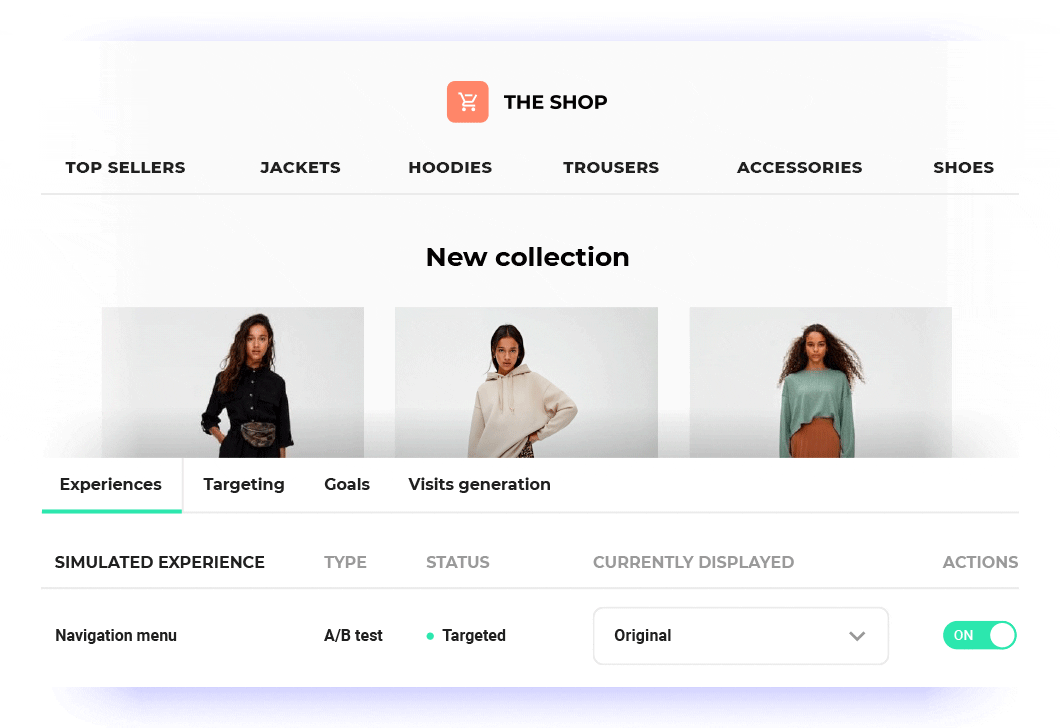
How to boost retention through personalized messaging
Most companies know how important it is to create personalized messages. Few know how to optimize personalized messages for maximum value.
These leaders pull their data together to create a rich picture of the customer and ensure they receive personalized messaging that considers their LTV and real behavior. They understand that personalized messaging is not about infusing email sequences or sales funnels with easy gimmicks like, “Hey [name], we haven’t seen you in a while!”
But why do so many companies fail to go beyond this?
Why do you still receive personalized emails that miss your name or vouchers for products you've already bought? (Or vouchers for products you would have bought regardless?)
Great companies create a cycle in which customers' responses to personalized messaging continually inform the data to create a messaging program that makes customers feel heard and understood.
This used to require specialists, marketers, and developers to work in tandem. But now, teams can use a best-of-breed stack that empowers every team to optimize their messaging autonomously. They know when to bring in developers and when they can work without them, increasing efficiency and velocity.
How do a data activation, product analytics, messaging, and A/B testing platform stack up?
Kameleoon invited four technologies to this Stacks event—Hightouch, Mixpanel, OneSignal, and Kameleoon. We gave ourselves the following challenge: Retarget dormant customers to drive a summer inventory campaign with personalized messaging.
The hypothetical patient in our CX emergency room? An e-commerce company called The Shop. The marketing team wants to create a campaign to get customers who purchased a pair of shoes earlier in the year to purchase a summer pair.
These technologies helped The Shop activate, analyze, message, and A/B test strategies to wake their dormant customers, boosting retention.
Hightouch lets you activate meaningful customer data to any tool
Hightouch activates customer data by syncing it from the data warehouse to the many business applications used by marketing, sales, and data teams.
Nobody wants their data locked up in warehouse tables; what counts are personalized emails, automated audiences, and CRMs enriched with data from all sources.
The Shop, like many mid-size and enterprise retailers, has a data team who can build compelling data models e.g. assigning a brand affinity to a customer based on their site engagement or creating a lifetime value (LTV) score. While companies like The Shop may have had these models for their customers, historically, it's been hard for them to easily activate the data for marketing or other business cases.

Without Hightouch, The Shop would have needed developer resources to pull any data stored in their warehouse (say Snowflake) to be used for the intended campaign. But with Hightouch, The Shop's marketing team can easily pull the data out of the warehouse and activate it for usage in their martech.
This capability is why Hightouch calls itself a “CDP killer.”
The Shop took the brand affinity score and LTV value created by their data team and stored them in their data warehouse and sent them to Mixpanel to begin building a highly targeted cohort(s).
Mixpanel makes analyzing entire customer journeys straightforward and actionable
Now that The Shop had the brand affinity and LTV score for their customers, they turned to Mixpanel to find customers who matched their campaign goals.
They wanted to find and build customer lists i.e. segments or "cohorts" who purchased the brand based on the brand affinity score in the last 90 days. They wanted to distinguish those customers that had a high LTV from those that had a low LTV.
The Shop turned to Mixpanel to find and build these cohort lists.
Mixpanel helped The Shop's marketing team explore data about their customers shopping on the site. The product analytics solution helps The Shop build dashboards and reports, which they use to show performance to the organization. Importantly, Mixpanel helps The Shop glean customer insights, build cohorts and create A/B test hypotheses about how to optimize.

After connecting Hightouch to Mixpanel, The Shop:
- Built a "cohort" i.e. created a smart segment of customers for tailored personalization.
- Sent the cohort data to OneSignal for personalized messaging via an integration.
The integration is bi-directional. That means they were able to see the results of different campaigns on cohorts on the platform and adjust them in Mixpanel for a dynamic view of the customer.
Using the data fed into Mixpanel via Hightouch, The Shop created a cohort (Cohort A) for their summer reactivation campaign. The criteria are customers who: purchased more than 1 item in the spring, have a high brand affinity for Vans, but have not made any purchases in the last 30 days.
OneSignal makes it easy to create and send personalized messages
After the first 2 steps, The Shop essentially had the ball teed up and ready, but they needed a good swing to send it where they wanted.
OneSignal allowed The Shop to easily create and send push notifications (mobile and web), email, SMS, and in-app messages. It's the action layer; it enabled their marketing team to use the data funneled into Mixpanel.

Users are more likely to engage with messaging integrated seamlessly into their overall user experience. Using OneSignal, The Shop built a personalized email messaging campaign specifically for Cohort A. As the campaign ran, data fed back into Mixpanel. The Shop saw which customers clicked through the emails or stopped opening them, adjusting the cohort accordingly. They found out that not every customer in this cohort was equally ready to buy from their brand.
Kameleoon lets all teams build tests using real-time customer data
To continue the golfing analogy, The Shop had now taken their shot. They've hit the fairway, but want to go further and hit the green next time. They need to review their technique and make adjustments to drive farther and more accurately.
With all the tools above, The Shop built a cycle where they turn the flow of data into segments and cohorts, analyze them, create personalized messages, and have the results feed back into the cycle. They created a segment of customers they believe are receptive to a discount offer and built a messaging campaign which they executed in OneSignal. OneSignal can even send messages via mobile to customers who prefer it.
That's high-level personalization, but it's not optimized for maximum value. What if a 10% discount would achieve the same results as 20%? What if your CTA was not as clear as it could be?
Kameleoon enabled The Shop to test its messaging to ensure it's perfect. When OneSignal sent visitors to their store, Kameleoon allowed them to stay consistently bucketed (e.g., they saw the right message when they return to the website), giving the marketing team the foundation for informed decisions.

Beyond the interaction, Kameleoon also pushed the data back to The Shop's other solutions, creating a feedback loop of experimentation.
The Shop hypothesized that Cohort A customers—those who bought shoes in the spring and have a high brand affinity for Vans—will only need free shipping as an incentive to buy. But they also tested out "15% off" to see which offer performed better.
Personalized messaging starts at the first touchpoint and doesn’t stop after you send an email
Everybody is used to seeing their names, previous purchases, and locations called out in messaging.
How do leading brands transform this superficial data about customers into insights into their pain points? How do they learn what customers think about their brand and products?
These stores, like our hypothetical apparel shop, don't just guess but create a cycle in which customers' responses to personalized messaging continually inform the data. Using a best-of-breed-stack, any team can autonomously structure data, analyze it, create segments, send out messaging, and run A/B tests to maximize value.
If you missed this Stacks session, get the replay here.
Or, if you want to see how Kameleoon can optimize your organization's personalization, request a demo. See how it works.


